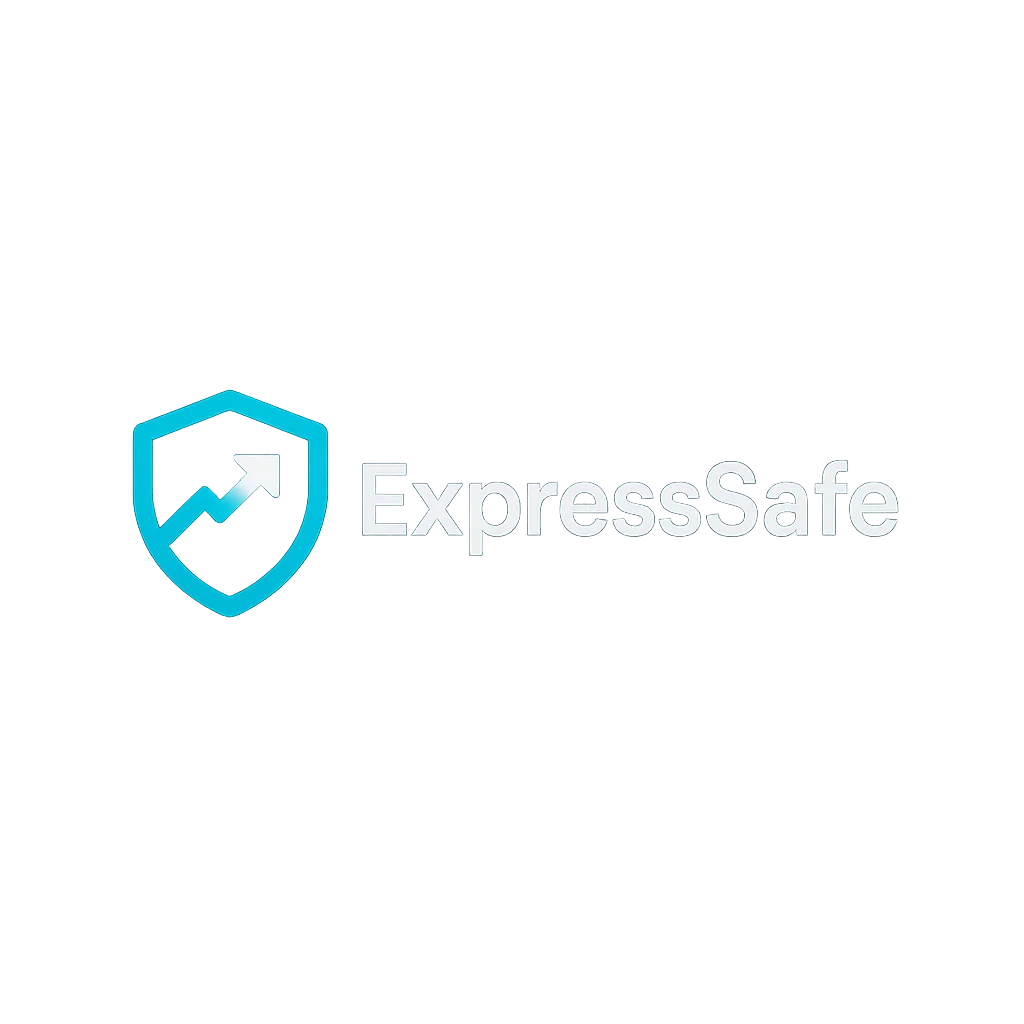Introduction: You’re the Boss — and the CFO
Being a freelancer or entrepreneur in 2025 means wearing every hat — marketer, creator, sales rep… and financial strategist. If you don’t take control of your finances, your business (and sanity) will suffer.
This all-in-one guide covers:
- How to budget and manage variable income
- Tools that simplify invoicing, saving, taxes, and retirement
- How to structure your freelance income for financial stability
- Legal & tax-smart tips to keep more of what you earn
- Passive income and scalability for long-term success
1. Budgeting with Irregular Income (The Smart Way)
Unlike traditional employees, freelancers don’t have a predictable paycheck. That means your budgeting needs to be proactive, not reactive.
🔄 The “Base + Buffer” Method
- Calculate your average income from the last 6–12 months
- Set a conservative “base salary” for yourself
- Put excess income into a buffer account for lean months
Tools to Automate This:
- Lili Bank: Auto-tax savings + freelancer-friendly checking
- You Need A Budget (YNAB): Designed for non-monthly income
- Cleo or Copilot AI: AI budgeting for creative pros
Bonus Strategy:
Use zero-based budgeting so every dollar is “assigned a job” — even if that job is “sit in savings.”
2. Separate Business & Personal Finances Immediately
Failing to separate your business finances is the fastest way to mess up your taxes and stall your growth.
Set Up:
✅ Business checking account (e.g., Mercury, Relay, Novo)
✅ Separate business credit card (builds business credit)
✅ Payment processors (Stripe, PayPal Business, Wise)
✅ Accounting platform (QuickBooks, FreshBooks, or Bonsai)
Benefits:
- Clear records for taxes
- Easier to calculate profitability
- Looks professional to clients and banks
- Prepares you for future funding or business loans
3. Invoice Like a Pro (And Get Paid Faster)
Clients ghosting your invoice? You’re not alone.
Smart Tools:
- Bonsai – Contracts, invoices, and time tracking in one
- AND.CO by Fiverr – Auto-generates invoices with timers
- Wave – Free invoicing with reminders
Payment Tips:
- Always include due dates and late fees
- Offer early payment discounts
- Use automated follow-ups (in most apps above)
- Accept payments via Stripe or Wise for global clients
4. Taxes for Freelancers in 2025: What You Need to Know
📌 Quick Tax Facts:
- You’re self-employed → must pay self-employment tax (15.3%)
- Estimated taxes are due quarterly: Jan, Apr, June, Sept
- Track every deductible expense to reduce your taxable income
What You Can Deduct:
| Category | Examples |
|---|---|
| Home office | % of rent, internet, utilities |
| Equipment & software | Laptop, Canva, Adobe Suite |
| Subscriptions | LinkedIn Premium, newsletter tools |
| Professional services | Accountant, lawyer |
| Education | Online courses, webinars |
| Travel | Flights, hotels (if work-related) |
Tax Tools That Do the Work for You:
- Keeper Tax (auto-categorizes expenses via SMS or app)
- FlyFin AI (tax filing + AI bookkeeping for freelancers)
- QuickBooks Self-Employed
- Lili Bank’s auto-tax tool (saves % of each deposit for taxes)
5. Retirement Isn’t Optional: Solo 401(k) & IRAs
If you’re not contributing to a retirement plan, you’re missing tax benefits AND long-term wealth growth.
Retirement Plans for Freelancers:
| Plan Name | Max Contribution (2025) | Tax Benefit |
|---|---|---|
| Solo 401(k) | ~$66,000 | Pre-tax, or Roth option |
| SEP IRA | ~25% of income | Deductible contributions |
| Roth IRA | $6,500 | Tax-free withdrawals in future |
Use platforms like:
- Fidelity Solo 401(k)
- Vanguard SEP IRA
- Rocket Money Retirement AI
6. Emergency Funds & Rainy Days: Be Ready
As a freelancer, you MUST have:
- 3–6 months of expenses saved
- Emergency health coverage
- Backup income plan (passive income or recurring revenue)
Where to Park Emergency Funds:
- High-yield savings (Ally, Marcus, SoFi)
- Cash management accounts (Wealthfront, Brex)
7. Smart Passive Income for Freelancers
Want income while you sleep? Freelancers can build:
- Online courses on Teachable or Podia
- Notion templates or digital products (sell on Gumroad)
- Affiliate marketing from blog or YouTube
- Newsletter sponsorships (via Beehiiv or Substack)
Tools:
- ConvertKit Commerce – Sell anything to your audience
- Ko-fi – Accept donations & memberships
- Lemon Squeezy – VAT-friendly for EU
8. Financial Forecasting for Freelancers & Startups
You don’t need a full CFO — but you do need a financial plan.
Do This Quarterly:
- Forecast next 3 months of income
- Map out recurring expenses (tools, team, rent)
- Calculate ideal savings rate (20–30%)
- Review & adjust pricing, packaging, or services
Use tools like:
- Fathom (financial dashboards for solopreneurs)
- LivePlan (business forecasting)
- Google Sheets + Tiller Money (DIY + auto-spreadsheet AI)
9. Build Financial Resilience
- Offer retainers or recurring services
- Build multiple income streams (client + passive + products)
- Keep a client emergency list for dry spells
- Never rely on one platform (e.g., don’t build your business only on Fiverr)
10. Bonus: Legal and Structural Tips for Financial Protection
- Register an LLC or Sole Proprietorship (varies by country)
- Get business liability insurance
- Create contracts for every client project (Bonsai, Docracy)
- Always have a late payment clause
Conclusion: You’re Not Just Freelancing — You’re Building Wealth
Freelancers and entrepreneurs in 2025 have more tools, tech, and flexibility than ever. But only those who take charge of their finances will survive and scale.
📈 Treat your solo hustle like a business.
🧠 Let AI and automation reduce stress.
💰 And don’t just make money — build a system that grows it.

Leave a comment